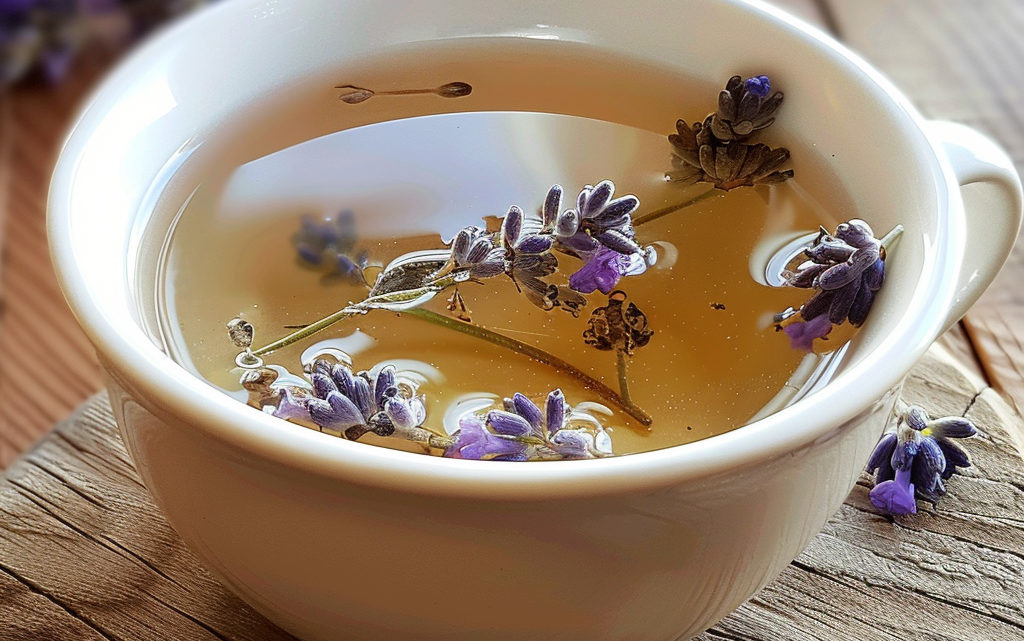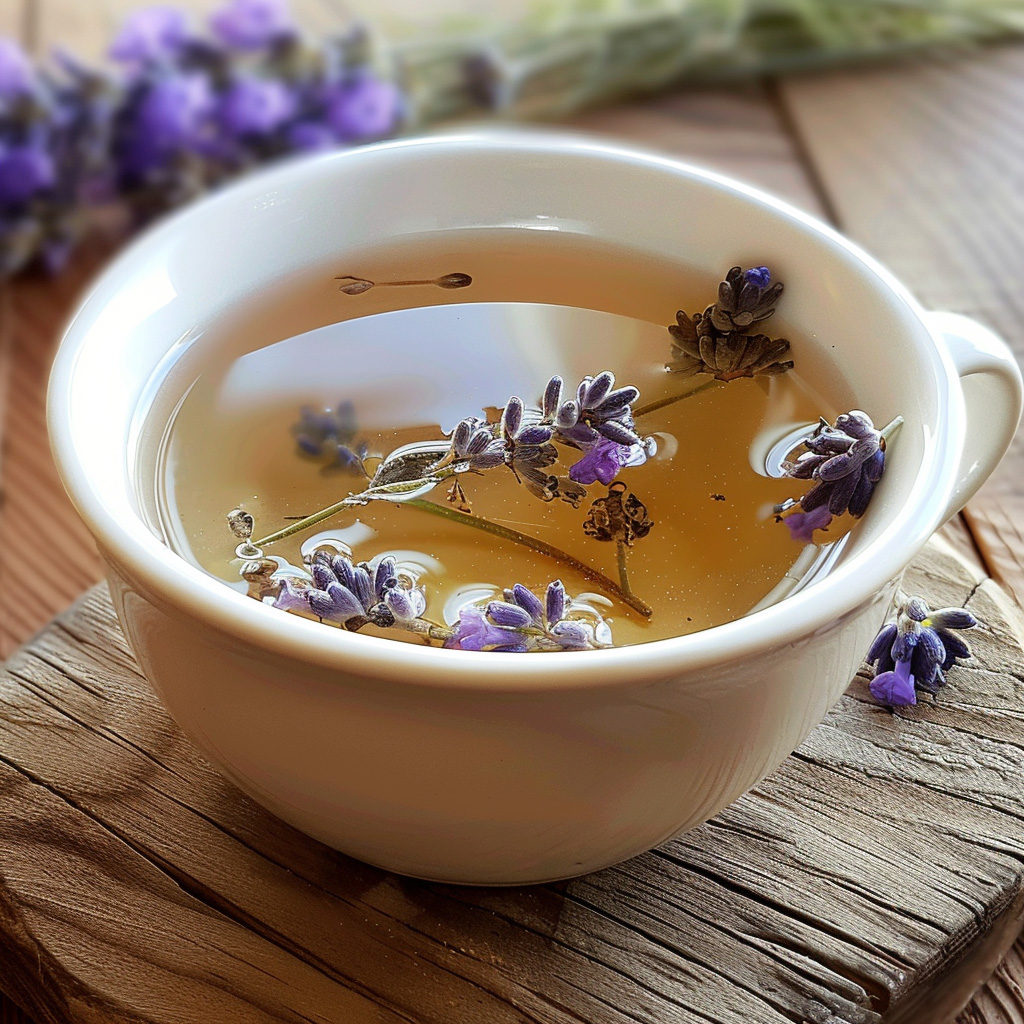
Lavender in cooking: properties, uses and benefits
Discover how to use lavender in cooking, its properties, benefits and practical advice on how to incorporate it into your recipes.
Lavender, known mainly for its soothing fragrance and medicinal uses, also has its place in cooking. Used sparingly, it can add a delicate floral note to a variety of sweet and savoury dishes. This article explores the technical and scientific aspects of using lavender in cooking, its advantages, disadvantages and potential impact.
Properties and composition of lavender
Lavender (Lavandula) belongs to the Lamiaceae family and comes in several varieties, of which Lavandula angustifolia is the most commonly used in cooking. Lavender’s main chemical component is linalool, a terpene alcohol that gives the plant its antimicrobial properties and distinctive aroma. In terms of nutritional composition, lavender is rich in antioxidants, particularly flavonoids and tannins, which may contribute to its health benefits.

Culinary use of lavender
Selection and preparation
For culinary use, it is crucial to choose the right variety of lavender, such as Lavandula angustifolia, often labelled “culinary lavender”. Lavender should be used sparingly to avoid its taste becoming too overpowering and unpleasant. Lavender flowers are generally dried and used in small quantities in recipes.
Use in recipes
Lavender can be used in a variety of dishes, from desserts to main courses. Here are a few concrete examples:
- Lavender and honey**: a classic combination used in infusions, pastries and sauces.
- Lavender and meat**: herbes de Provence, a blend including lavender, is often used to season meats such as chicken and lamb.
- Lavender and desserts**: butter biscuits and lavender ice cream are popular examples of desserts using this herb.
Benefits of using lavender in cooking
Health benefits
There are several health benefits to using lavender in cooking. Linalool, for example, has anxiolytic properties and can help reduce stress and anxiety. What’s more, its antimicrobial properties can help preserve food and prevent infection.
Antioxidant effects
The antioxidants present in lavender can help combat oxidative stress, a factor contributing to ageing and many chronic diseases. Incorporating lavender into the diet could therefore have beneficial effects on overall health.
Disadvantages and precautions
Risks of overuse
One of the main disadvantages of using lavender in cooking is the risk of overuse, which can make dishes bitter and unpleasant. Overuse can also cause side effects, such as nausea and headaches in some sensitive individuals.
Allergies and sensitivities
Although rare, an allergy to lavender can occur in some people. It is important to start with small quantities to test individual tolerance, especially in people with a history of allergies to plants in the Lamiaceae family.

Consequences and future prospects
Impact on the food industry
The growing use of lavender in cooking reflects a trend towards natural ingredients with health benefits. The food industry could see an increase in demand for lavender-infused products, offering new market opportunities for lavender producers and processors.
Therapeutic potential
Beyond its culinary uses, lavender could play a role in the prevention and management of mood disorders and certain infections thanks to its antimicrobial and anxiolytic properties. Future research could explore these aspects in greater depth, paving the way for new therapeutic applications.
Lavender, with its unique properties and distinctive aroma, offers many possibilities in the kitchen. Although its use requires certain precautions, the potential health benefits and new perspectives it offers make it a valuable ingredient. By using the right proportions and exploring different combinations, lavender can enrich the culinary experience and contribute to a healthier diet.